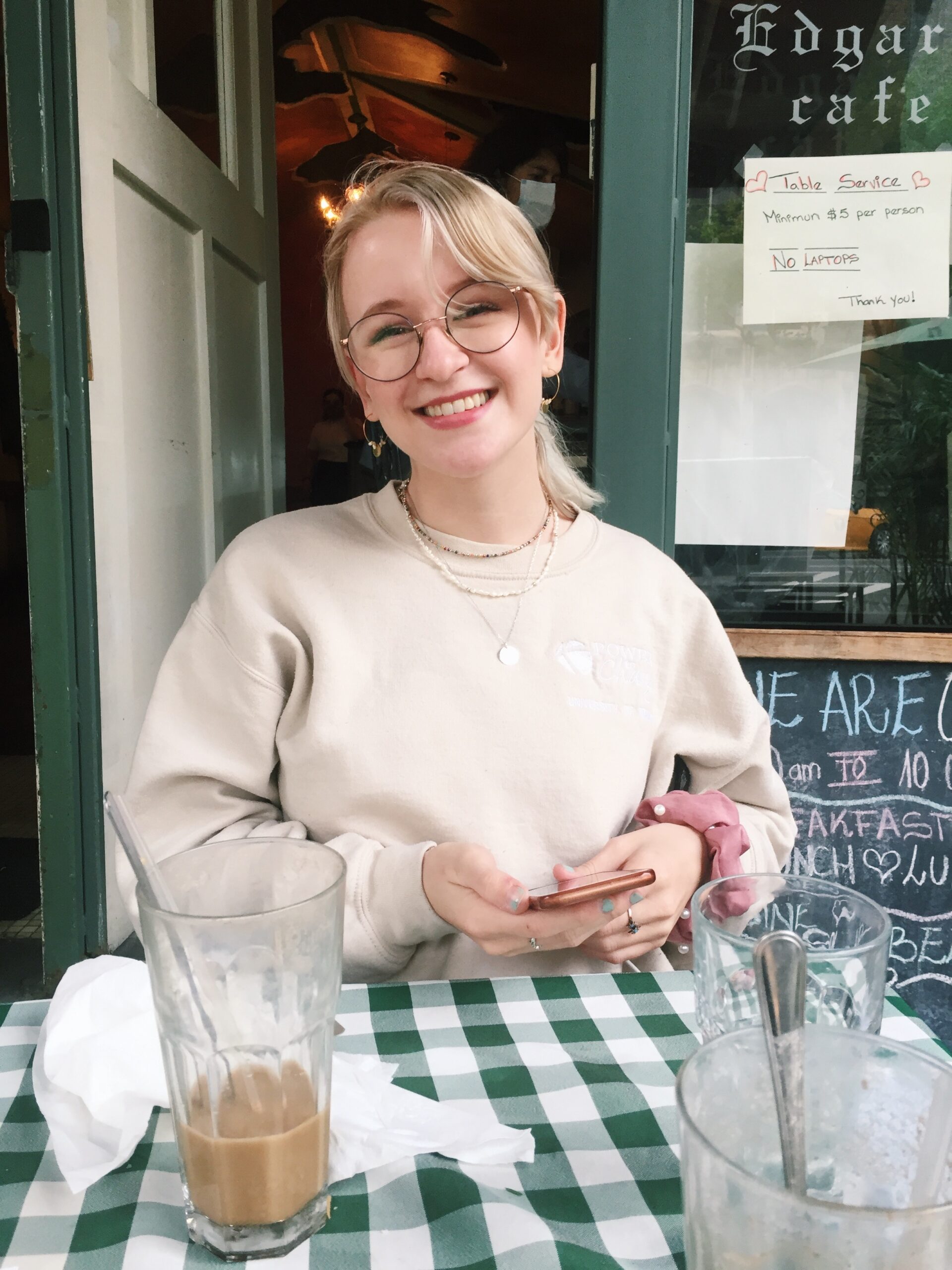From my earliest years up to her passing in 2015, every summer vacation and Christmas break was spent at my great-aunt Laura’s house in southeastern Ontario, Canada. While other kids at my school celebrated each holiday with a coastal getaway or a trip to the mountains, my brother and I would fly with my parents to Buffalo, then cross the border into Ontario to visit my aunt’s house.
Aunt Laura was my grandfather’s sister. She had no children, and my brother and I had no surviving grandparents. So, in her late seventies, Aunt Laura unofficially became our surrogate grandma, and my mom her surrogate daughter. That’s how my mom came to be her caretaker, even though we lived almost 700 miles away in the States. Every summer unwound in a sunny haze of air-conditioned doctor’s office waiting rooms and car rides from the lawyer to the pharmacy, with my brother and I playing video games in the backseat. Each Christmas, we woke up in the early morning to a snowless North Carolina landscape and arrived by night to a Canadian snowstorm, with Aunt Laura’s candles gleaming with warmth from each window of her beautiful house. Her life was wrapped up in ours.
As the years passed, there were surgeries and hospital stays and medical bills, and eventually Aunt Laura transitioned to a full-time care home. My nine- to twelve-year-old self didn’t fully grasp the nature of all that time spent with Aunt Laura. I’d complain to my mom that we never got to go anywhere fun. Lovingly and firmly, she’d explain to us how much our presence meant to our aunt. On afternoons where we’d rather stay home than visit her in the hospital yet again, my mom would encourage us to bring our books or toys along so that we could at least spend time in her room.
I’ve heard it said that so much of parenting is caught rather than taught. I look back on the years of being with Aunt Laura and can see now the lessons I learned in perseverance, empathy, and unconditional love, all because of my mom’s sacrificial and enduring care for our aunt. By following my mom’s example of doing things out of love for someone else — rather than because I necessarily wanted to do it — I deeply learned the value of sticking close to your family and of listening to another person’s needs.
Most kids might not see up close what it takes to care well for an ailing family member, and while I couldn’t do much to help — being a kid — my parents invited me to draw pictures for Aunt Laura, to bring her snacks or trinkets from home, to help with groceries and with her shopping, or to chat with her on the phone for five minutes a day. I even got to witness conversations between my mom, my aunt, and her doctors about her care. Even if I didn’t understand, getting to see the tensions and conflicts, as well as the apologies and compromises, gave me a realistic picture of intergenerational family life. In addition, having conversations with my parents about what was happening to Aunt Laura gave me a place to process complicated emotions and allowed me to feel like an important member of the family unit.
Before she died, Aunt Laura had become a focal point in my family, the place where our love converged. No matter how the day had gone, we were united in our care for her and in our desire to stay by her side as long as we could. Now I can see how much I learned that presence matters. When someone is hurting, I might not always have a solution. But I can be there.
Want to keep connected to The Conversation Project? Sign-up for our newsletter(s), follow us on social media (Twitter, Facebook, Instagram), download our conversation starter resources and feel free to reach us at ConversationProject@ihi.org.

